Turmeric is a staple in South Asian cuisine. It is also the primary ingredient in curry and mustard, giving them their yellow hue. But it is more than a delicious spice. Scientific research shows that it also has powerful bioactive compounds. These compounds contain powerful medicinal properties. They also contain curcumin, which is a natural anti-inflammatory compound.
Some of the best-known health benefits of turmeric include:
- Helps manage blood sugar levels
- Helps maintain working memory and healthy cognitive function
- Helps fight free radicals that damage healthy cells
- Encourages healthy weight management
- Supports healthy cholesterol levels
- Has anti-cancer properties
- Used as an enema by those with inflammatory bowel disease
Turmeric can also be used to provide pain relief for those who have arthritis.
What is arthritis?

Arthritis is described as the inflammation of one or more joints. According to Arthritis Australia, there are many types of arthritis with varying causes and treatment methods, but the two most common ones are rheumatoid arthritis (RA) and osteoarthritis (OA). Symptoms of arthritis include joint pain, swelling, stiffness, redness, and decreased range of motion.
These symptoms typically develop over time, but it’s also possible to develop one suddenly. Anyone can develop arthritis, but women, older adults who are over 65 years old, and people who are overweight have a higher risk factor.
So, does turmeric help osteoarthritis?
Fortunately, you can lessen the symptoms by eating healthy and balanced meals. In addition, you can start by adding more turmeric into your diet.
How does turmeric help relieve arthritis symptoms?
Most types of arthritis have no known cure, but their symptoms can be managed to make the pain more bearable. Pain relief medications are often the most common way to manage the pain, but many of them have harmful side-effects. Fortunately, many natural food sources, such as turmeric, are rich in anti-inflammatory properties.
Turmeric is a yellow-coloured spice that comes from a tall plant with a yellow-orange stem. It is best known as one of the main ingredients in curry powder. Aside use as a spice, it has been prized for its medicinal properties in South Asia for thousands of years.
Curcumin, one of its active ingredients, gives turmeric its natural pain-relieving characteristics. These are potent remedies for soothing osteoarthritis and rheumatoid arthritis pain. In fact, researchers have discovered that curcumin is one of the most potent anti-inflammatory compounds in the world.
Different forms of turmeric
So which form of turmeric is best for arthritis? Turmeric comes in three basic forms. Each one has its own benefits and advantages.
Fresh turmeric root
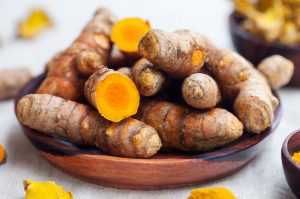 Fresh organic turmeric root can often be found in the produce section of most natural food stores and some conventional grocery stores. It’s the best form if you want to add turmeric to fresh-pressed juice.
Fresh organic turmeric root can often be found in the produce section of most natural food stores and some conventional grocery stores. It’s the best form if you want to add turmeric to fresh-pressed juice.
To store fresh turmeric, make sure to completely clean and dry the root, wrap it in a paper towel, put it in an airtight container, and refrigerate it. When properly stored and refrigerated, fresh turmeric can last one to two weeks.
Ground turmeric
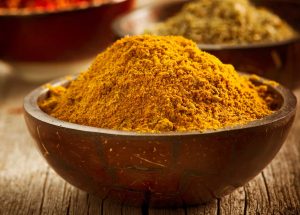 Ground turmeric is more widely available in both natural food and conventional grocery stores. This is best for seasoning meals and vegetables. However, conventionally grown turmeric is irradiated and grown with the use of synthetic pesticides that are often toxic. So, do make sure that you only choose organic when shopping for turmeric—whether fresh or ground.
Ground turmeric is more widely available in both natural food and conventional grocery stores. This is best for seasoning meals and vegetables. However, conventionally grown turmeric is irradiated and grown with the use of synthetic pesticides that are often toxic. So, do make sure that you only choose organic when shopping for turmeric—whether fresh or ground.
Make sure to store ground turmeric in a cool and dry place away from excessive light or heat, such as your pantry or cabinet.
Turmeric supplements
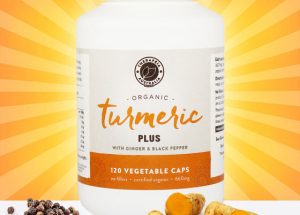 Taking turmeric supplements is the easiest way to make sure that you get enough turmeric in your daily diet. This is the best form if you want to get the most out of turmeric, especially for arthritis pain. To help your body better absorb curcumin, make sure to choose turmeric supplements that have black pepper in them.
Taking turmeric supplements is the easiest way to make sure that you get enough turmeric in your daily diet. This is the best form if you want to get the most out of turmeric, especially for arthritis pain. To help your body better absorb curcumin, make sure to choose turmeric supplements that have black pepper in them.
Keep your bottle of turmeric tablets away from heat and excessive light. Furthermore, it should be kept in an amber glass bottle to protect it from UV light.
Spice versus supplement: Which is better for your arthritis?
Making your own turmeric tea, smoothie, or soup is a great way to enjoy the many health benefits of turmeric. Plus, they’re delicious too. However, turmeric smoothies may not be enough to treat your arthritis symptoms. That’s because turmeric only contains approximately 2% to 9% curcuminoids, a family of active compounds which curcumin belongs to. The human body is also not able to fully absorb curcumin on its own.
So, how should you use turmeric for arthritis? Taking supplements is the best and most efficient way to ensure your body gets enough of turmeric’s anti-inflammatory properties. Just make sure that it contains piperine, a compound that can increase the bioavailability of curcumin by as much as 2,000%. Furthermore, make sure that you only take supplements made from organic turmeric.
How to choose the right turmeric supplement
Taking supplements is the best way to get the nutrients that are lacking in your regular diet. However, if you choose the wrong supplement, you may end up sabotaging your own health. With that said, here are some of the things to look for in a turmeric supplement.
- It should include both turmeric extract and turmeric root.
- It should be made from certified organic turmeric and not grown with synthetic pesticides and other toxic chemicals.
- It should contain black pepper, as it helps the body absorb curcumin. Your body can get the most benefit out of the supplement.
- Look for turmeric supplements that have been tested for heavy metals, such as lead, mercury, cadmium, glyphosate, and arsenic.
- It should be packed in a dark glass bottle for extra UV protection.
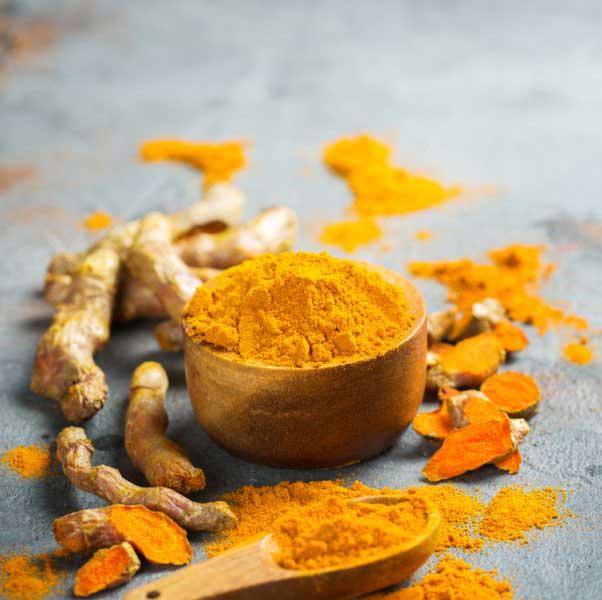
Conclusion
Turmeric is an amazing and versatile spice. It’s not only delicious, but is very healthy too. It’s powerful anti-inflammatory properties make it a big hit among those suffering from arthritis.
However, if you do intend to take turmeric supplements, do consult with your doctor first to make sure that there are no contraindications with your current medications.
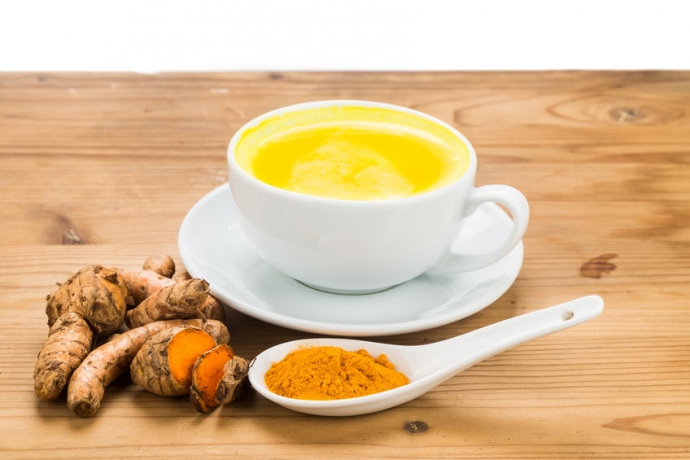
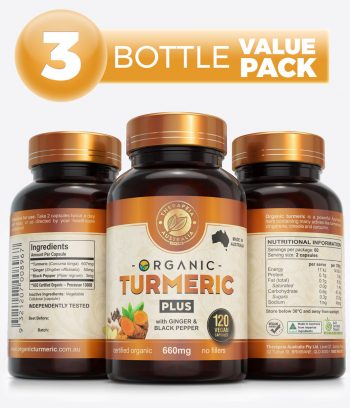
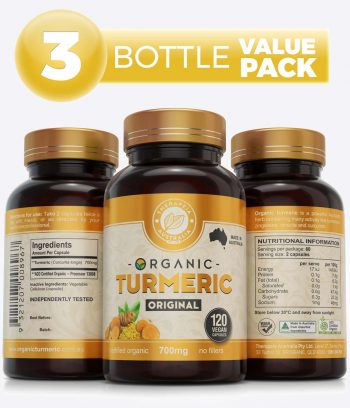
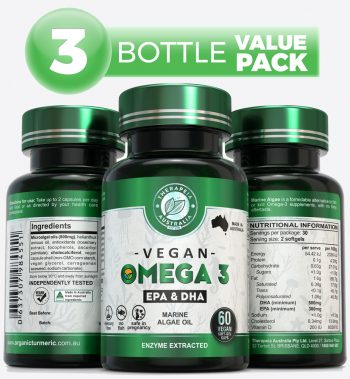


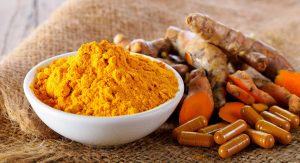
Hi,
I was wondering if the “black pepper” in your products is
a standard one or is it the peperine/ BioPerine one? Also how much curcumin is actually available in each product. I need the one that would benefit arthritis.
Look forward to hearing from you soon,
Ondine
Hi Ondine, we only use certified organic black pepper in our products. Because chemical solvents (like hexane) are used to extract the piperine in Bioperene, we don’t use it. Its the same reason we don’t use curcumin extracts in our products.
I hope that helps!